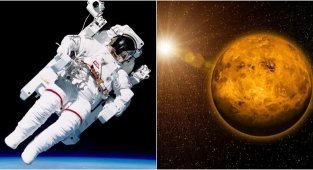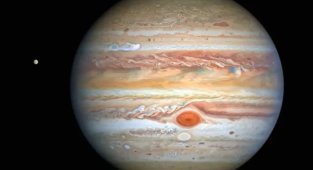Sunrises and sunsets: looking at the Sun from the surface of other planets (9 photos)
Surely everyone has enjoyed gorgeous sunrises and sunsets at least once. However, it is no secret that the Sun does not shine only for us. What would dawn look like on other planets if we were there? 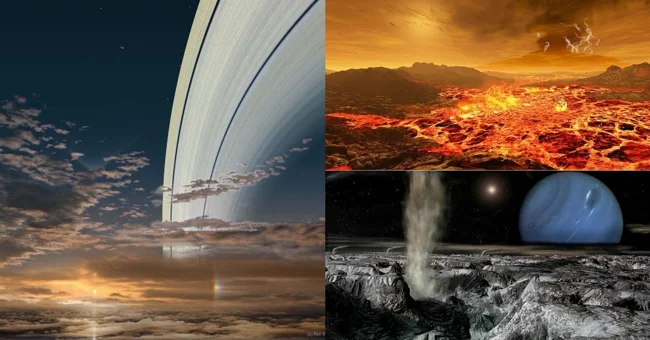
Artist Ron Miller in his works provided an opportunity to look at the Sun from other planets. It is worth noting that the creation of digital illustrations took many decades, but it was clearly worth it.
And let's start with Mercury, which is 60 million km away from the Sun, which is 39% of the way from our planet. That is why the dawn here is 3 times brighter. 
From Venus the Sun is visible quite poorly. However, it is not a matter of distance, which is 72% of ours. This is due to thick gas clouds, due to which the luminary is visible as a blur on a cloudy day. 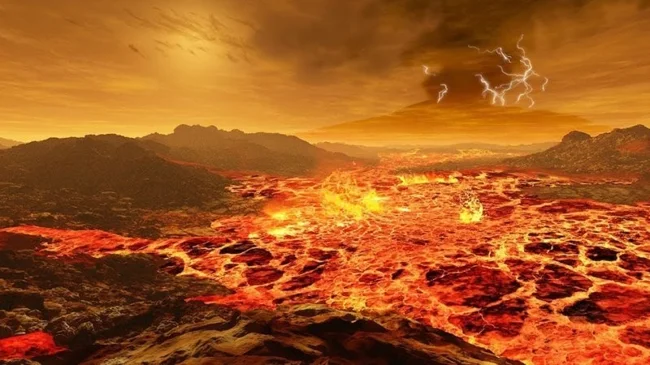
But Mars is 1.5 times farther than we are from the Sun. However, it is not the distance that prevents us from seeing it again, but the dusty winds rising high into the atmosphere. 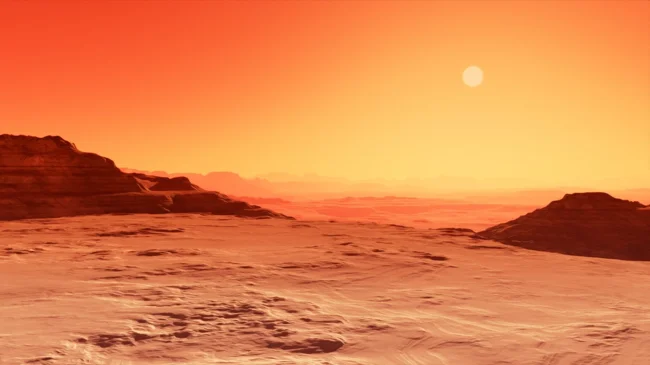
As for Jupiter, the view of the Sun is shown from its satellite. By the way, the latter is called Europe. The spectacle looks something like how some important details are noted in the pictures. The fact is that light, passing through the layers of the atmosphere, illuminates it with a ring of red light. 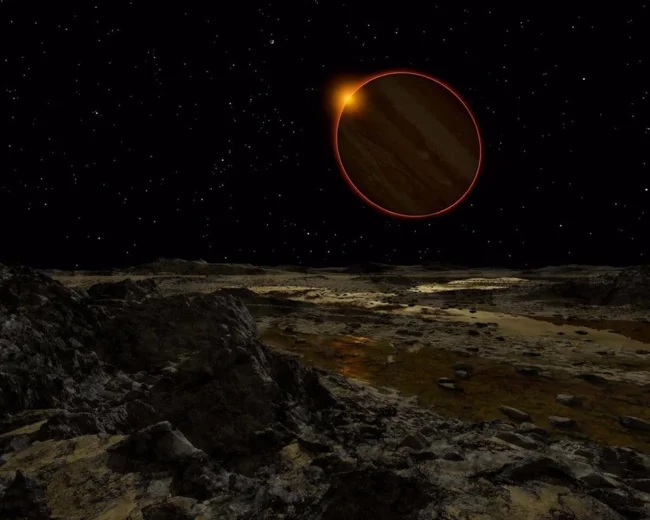
None of the planets can boast such beautiful optical effects as Saturn. Despite the distance being 9.5 times ours, the star shines quite brightly. Because of the water and gas crystals, the rays are refracted, creating such interesting halos. 
Uranus and its companion Ariel can also boast beautiful sunrises, despite the terrible cold. The Sun due to its distance of 2.8 billion km. Although it doesn’t heat up, it shines bright enough. 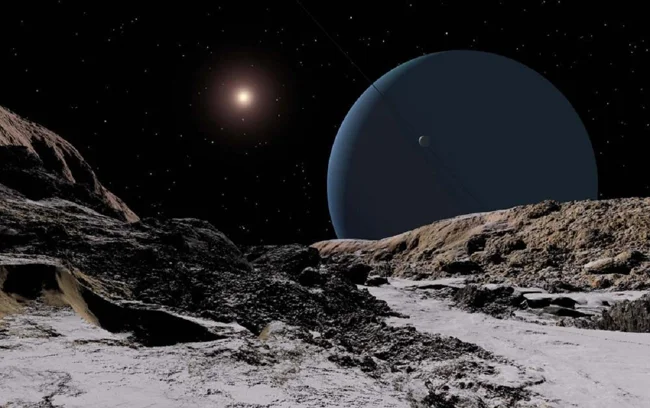
But on Neptune it looks like a typical cloudy day for us. This is due to the presence of a huge number of geysers of dust and gas, obscuring the view of the celestial body. 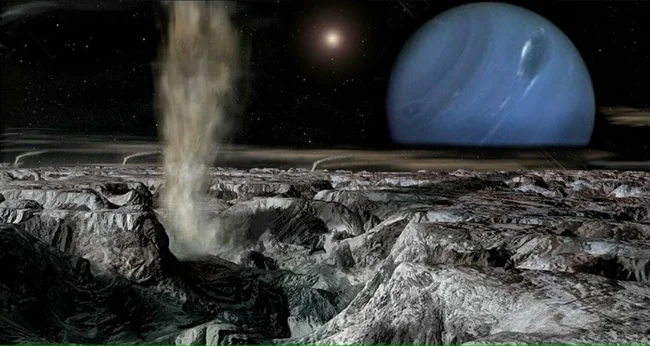
On the most distant planet, it looks like a small dot, akin to the stars that we see. The light from the Sun on Pluto is 1,600 times dimmer than ours, but 250 times brighter than on Earth at full moon. 
Which view did you find most fascinating?
